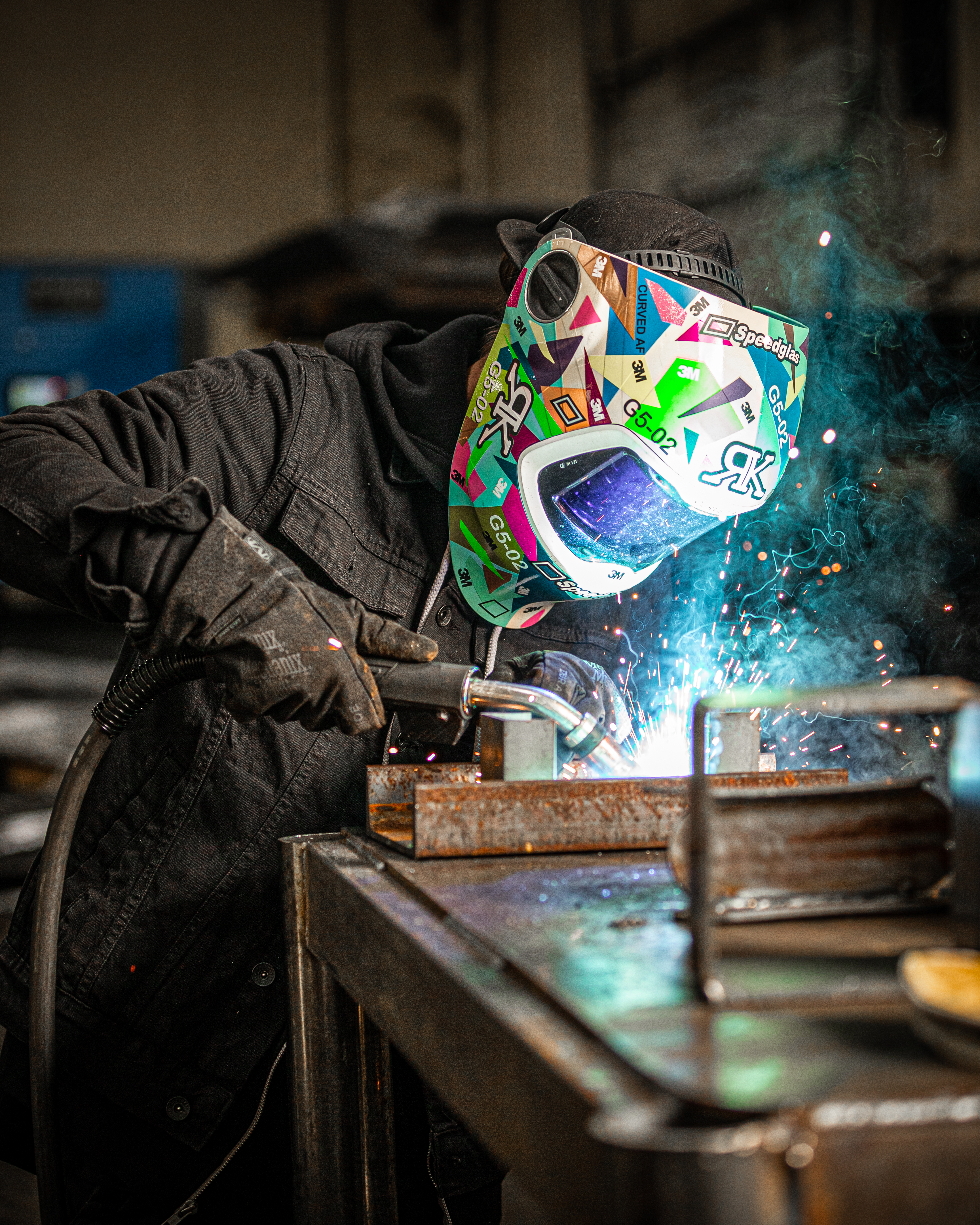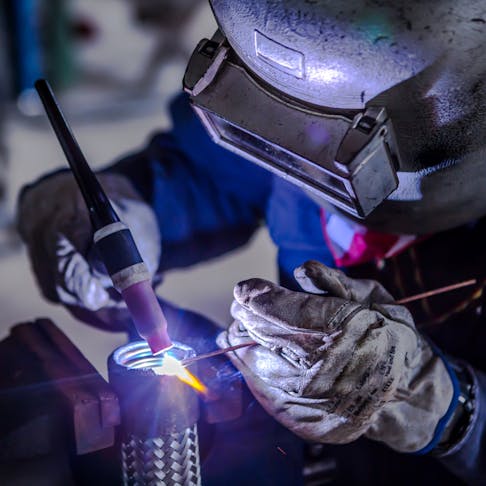The Ultimate Overview to Welding WPS Procedures: A Comprehensive Introduction for Welders
In the detailed globe of welding, Welding Treatment Specs (WPS) work as the foundation of guaranteeing quality, uniformity, and safety in welding operations. Comprehending the nuances of creating, executing, and keeping an eye on WPS treatments is vital for welders aiming to boost their craft and satisfy industry requirements. As we look into the numerous elements of a WPS and discover the intricacies of certification and accreditation, we will uncover the crucial role these procedures play in the realm of welding. Allow's embark on a trip to untangle the intricacies and value of WPS procedures in welding methods.
Value of WPS Procedures
Understanding the significance of Welding Procedure Specifications (WPS) treatments is vital for making sure the high quality and honesty of bonded frameworks. WPS procedures work as a roadmap for welders, describing the necessary actions, criteria, and materials called for to achieve a sound weld. By adhering to WPS guidelines, welders can guarantee consistency in their work, resulting in trustworthy and structurally audio welds.
Among the primary reasons WPS procedures are vital is their duty in preserving weld top quality and stability. Complying with the specified welding criteria and methods detailed in the WPS assists stop issues such as porosity, splitting, or insufficient blend, which can compromise the toughness and longevity of the weld. Furthermore, WPS procedures are critical for making sure compliance with sector criteria and codes. By complying with recognized WPS standards, welders can demonstrate that their work meets the necessary demands for safety and security and high quality, offering guarantee to clients, examiners, and governing bodies. Essentially, the value of WPS treatments can not be overemphasized, as they are essential to accomplishing regular, premium welds that satisfy sector standards and requirements.

Components of a WPS
A Welding Treatment Requirements (WPS) commonly makes up necessary parts that detail the particular requirements for carrying out a weld, guaranteeing consistency and top quality in the welding procedure. The vital parts of a WPS consist of essential variables such as base steels, filler metals, preheat and interpass temperature levels, welding procedures, protecting gases, welding positions, and post-weld warmth therapy requirements.
Base steels refer to the products being joined, while filler steels are used to fill up the void in between the base steels during welding. The welding process details the particular technique to be used, whether it's gas metal arc welding (GMAW), protected steel arc welding (SMAW), or an additional method. Welding placements define the positionings in which welding can be done.

Qualification and Certification
Having established the important components of a Welding Treatment Requirements (WPS), the emphasis now shifts in the direction of the important elements of qualification click here to read and qualification in welding methods.

Accreditation, on the other hand, is the formal acknowledgment of a welder's qualifications by an appropriate accreditation body or organization. Welding accreditations are typically based upon the particular welding procedures, products, and positions a welder is certified to function with. Holding a legitimate welding qualification shows that a welder satisfies market requirements and is qualified to do welding tasks to the needed specs.
Developing a WPS
To create a Welding Procedure Specification (WPS) that meets sector requirements, careful factor to consider of welding procedures, materials, and functional criteria is necessary. The very first action in creating a WPS is to recognize the welding procedure to be used, such as gas steel arc welding (GMAW) or protected metal arc welding (SMAW)

Carrying Out and Checking WPS
Upon settling the comprehensive Welding Treatment Specification (WPS) that diligently details welding processes, products, functional criteria, and quality control steps, the focus moves to successfully carrying out and monitoring the established treatments. Implementation involves guaranteeing that all welders associated with the job know with the WPS and follow it thoroughly throughout the welding procedure. This needs providing sufficient training and supervision to guarantee adherence to the specified treatments. Monitoring the WPS involves continual oversight to validate that welding tasks straighten with the recorded requirements. Assessments, screening, and have a peek here quality assurance procedures are essential components of the monitoring procedure to recognize any discrepancies or issues promptly. Regular audits and testimonials of the welding procedures help in maintaining uniformity and high quality throughout the job. Effective execution and monitoring of the WPS are crucial for guaranteeing the stability, stamina, and safety and security of the bonded joints, eventually adding to the total success of the welding project.
Verdict
Finally, understanding and complying with Welding Treatment Specs (WPS) is essential for welders to ensure high quality, uniformity, and safety and security in their job. By understanding the parts of a WPS, obtaining appropriate credentials and accreditations, creating in-depth treatments, and executing and monitoring them effectively, welders can enhance their skills and effectiveness in welding practices. Following WPS procedures is crucial for creating high-grade welds and conference industry criteria.
In the detailed globe of welding, Welding Treatment Specifications (WPS) offer as the backbone of guaranteeing top quality, consistency, and security in welding operations. The welding process lays out the particular method to be made use of, whether it's gas site link metal arc welding (GMAW), protected steel arc welding (SMAW), or one more technique.To develop a Welding Treatment Requirements (WPS) that fulfills sector criteria, mindful consideration of welding processes, materials, and operational specifications is crucial. The first step in developing a WPS is to determine the welding procedure to be made use of, such as gas steel arc welding (GMAW) or shielded metal arc welding (SMAW)Upon finalizing the extensive Welding Treatment Requirements (WPS) that carefully information welding procedures, materials, functional specifications, and top quality assurance actions, the emphasis changes to properly applying and checking the well-known treatments.